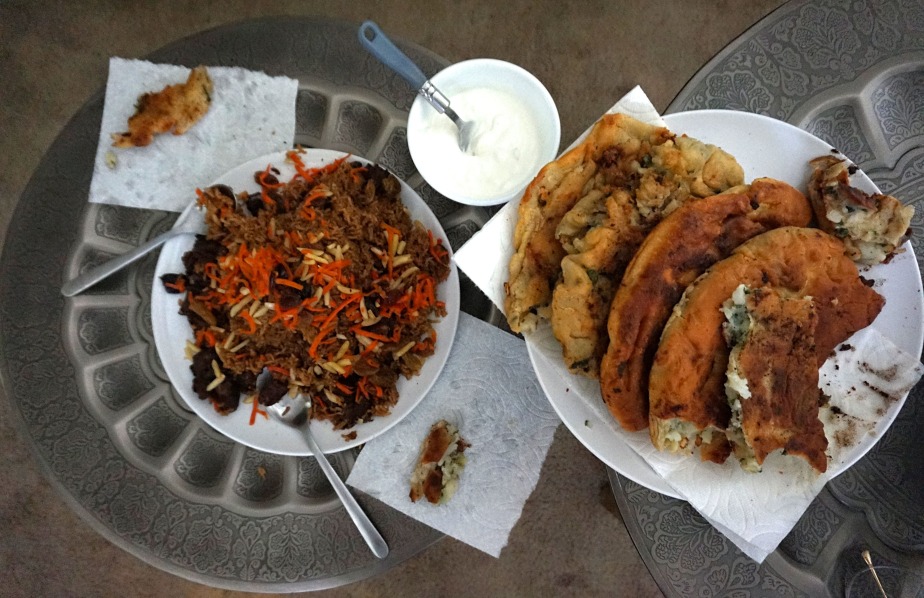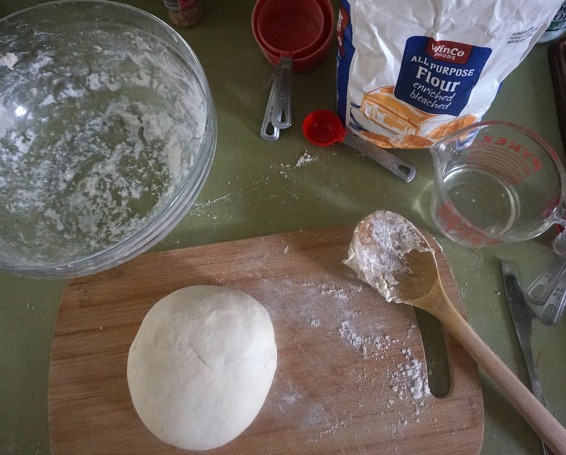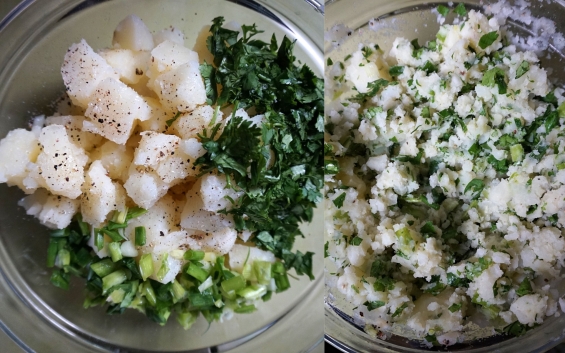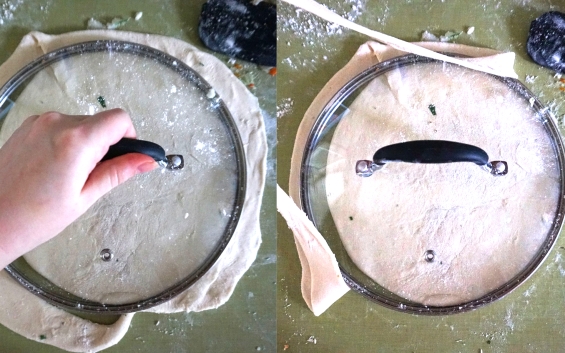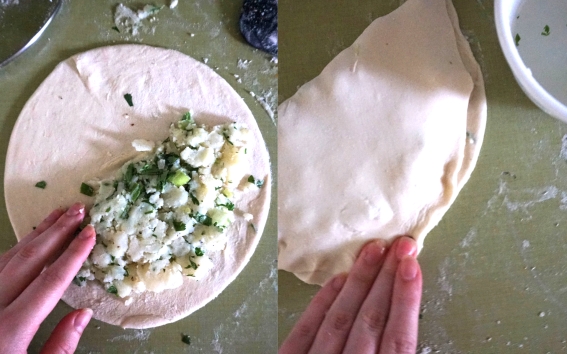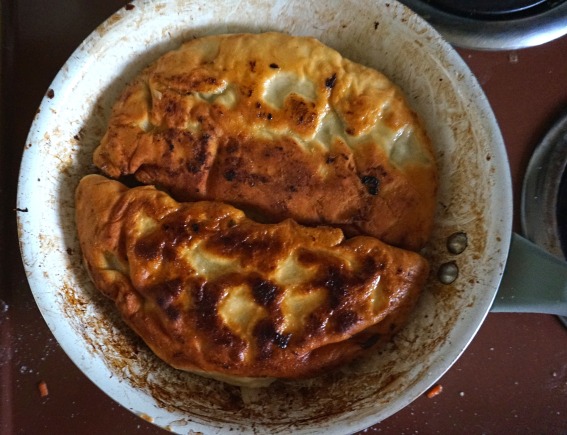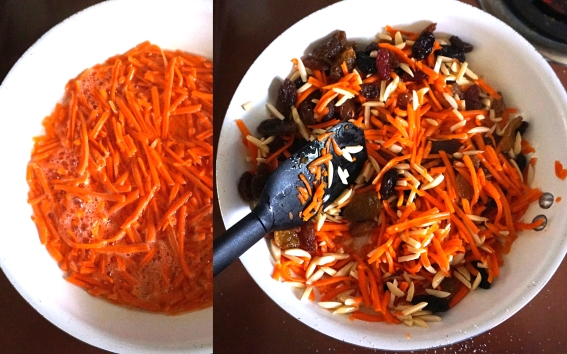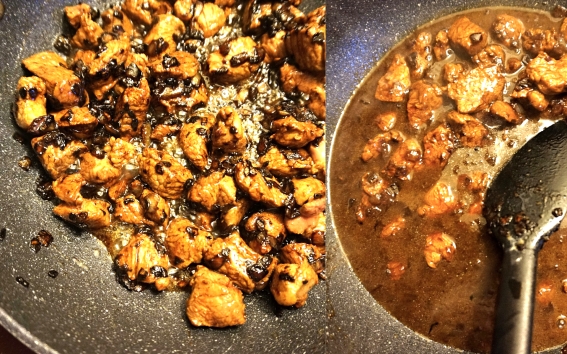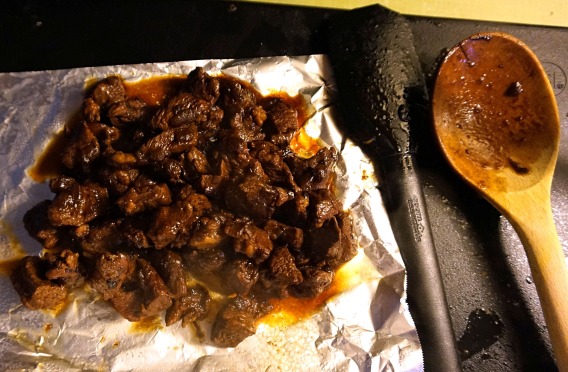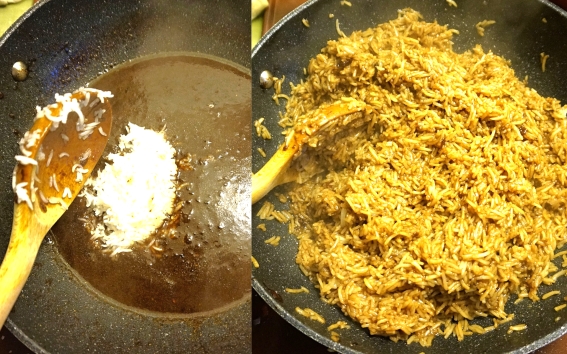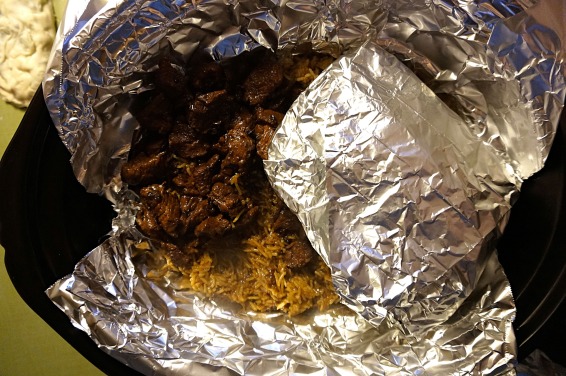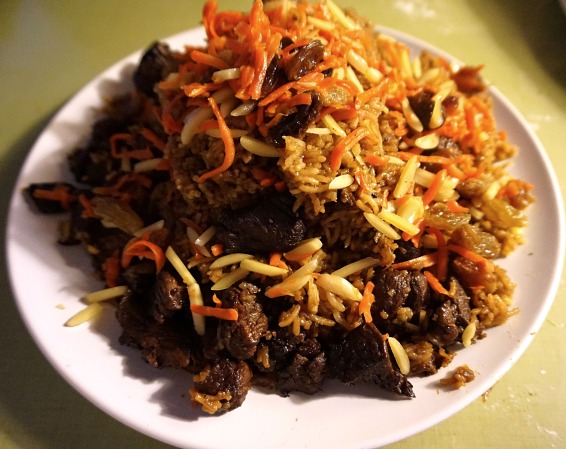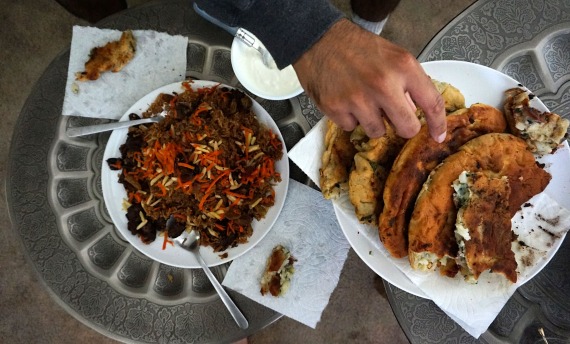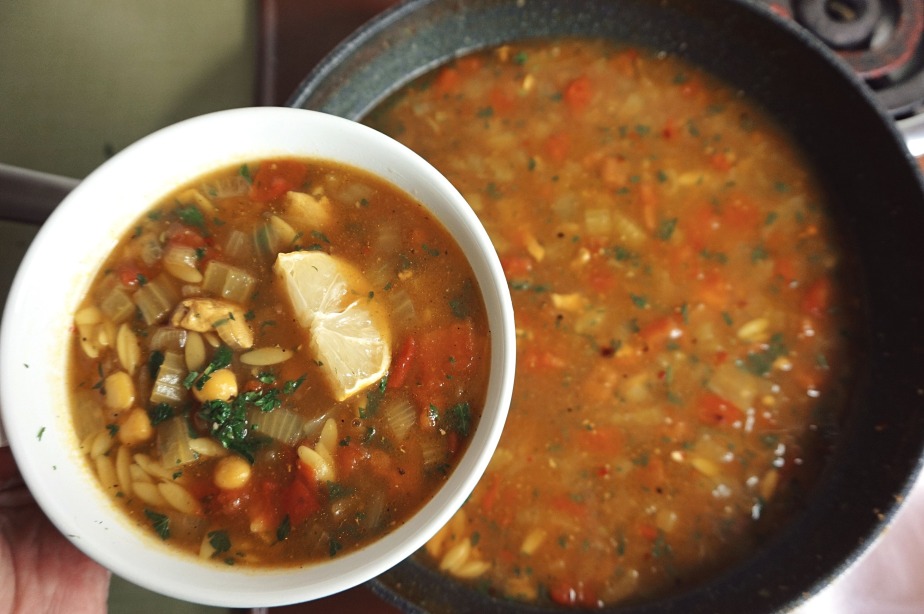 To be completely honest, I had no idea exactly where Algeria was before this. This has tended to be, and will continue to be, a common theme throughout this series. I aced every single geography test I ever had, but that was in middle school and I can’t say my memory has served me well in that area. I knew it was a North African country though, so give me some credit.
To be completely honest, I had no idea exactly where Algeria was before this. This has tended to be, and will continue to be, a common theme throughout this series. I aced every single geography test I ever had, but that was in middle school and I can’t say my memory has served me well in that area. I knew it was a North African country though, so give me some credit.
From what I gathered regarding Algerian cuisine, their food choices are influenced heavily by the laundry list of countries and peoples who have invaded them. Muslim Arabs invaded the area in the 600s and brought a plethora of spices and herbs with them. Spanish invasion in the 1500s brought Mediterranean influence. The French brought new foodways and traditions in the 1800s, which are still very prevalent there today. And other goods, such as zucchini and chilies, were brought from the New World. All in all, Algerian cuisine is a fantastic combination of so many different foods and cultures from all around the world.
I wanted to choose a meal that represented both traditional Algerian food and the heavy influence other cultures have brought to them. I chose to go with an Algerian style harira, which is a soup originally from Morocco and is eaten traditionally during the Muslim holiday, Ramadan. It seems to be extremely popular in Algeria, which is why I chose it. I know couscous is the national food of Algeria, but I figured we’d eat enough couscous on this journey and decided to pick a dish we may not have another chance to eat.
I used this recipe from Whats4Eats to get a good base of an Algerian style of harira: Find that recipe here! From there, I did heavy research and read through multiple comments in order to make this as authentic to true Algerian harira as possible. As much as I wanted an excuse to cook some more lamb (as we know by now… it’s my favorite), I found chicken is more commonly used. I also used orzo pasta instead of lentils as I found that orzo is more common in Algeria than lentils are. So, without further ado, this is my version of an Algerian harira.
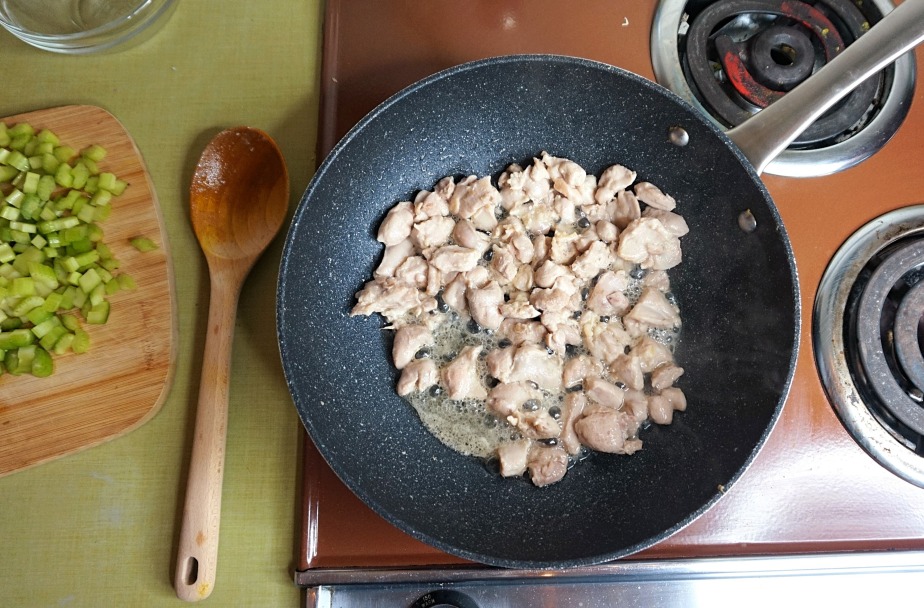
First I chopped up some chicken thigh and cooked it about halfway. It’ll fully cook later on. No one likes tough meat so, it’s important not to overcook it here. Just brown the edges.
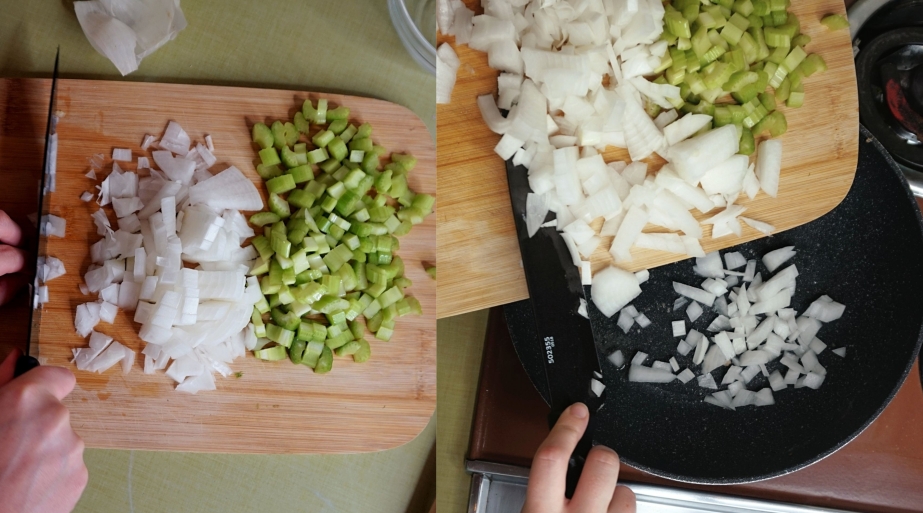
Then I diced one medium white onion and three stalks of celery and added it to the pan with a little oil on medium-high heat. Cook until the onions are translucent.
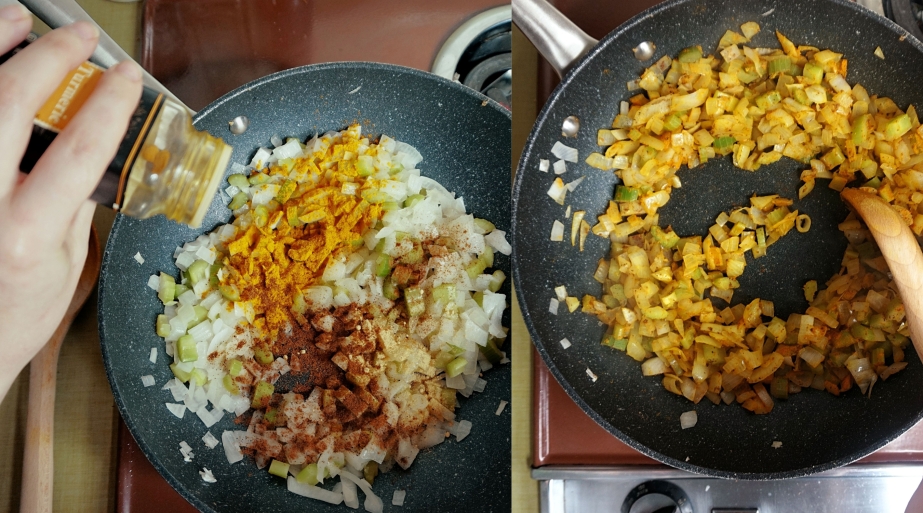
Now we get to the flavor of it all! I added in some turmeric, nutmeg, freshly cracked black pepper, cinnamon, and ginger powder. Saffron is expensive as hell where I live so I didn’t add it, but it is typically recommended. Add it if you have it. Many people add cardamom here as well but, from what I’ve gathered that tends to be a more Desi/Indian version. Authentic Algerian harira sticks to those five essential spices. I honestly just eyeballed the amounts. I told you guys, this isn’t the place for an actual recipe! Just sharing my experience and, in cooking, my experience almost always involves eyeballing. For reference, I added a little nutmeg, a decent amount of both cinnamon and ginger powder, and a heaping amount of turmeric. You can always adjust later on. I mixed until homogeneous (thanks, Binging with Babish for my new favorite cooking term) and let it cook about the time it took me to clean and chop up my tomato. Two minutes maybe?
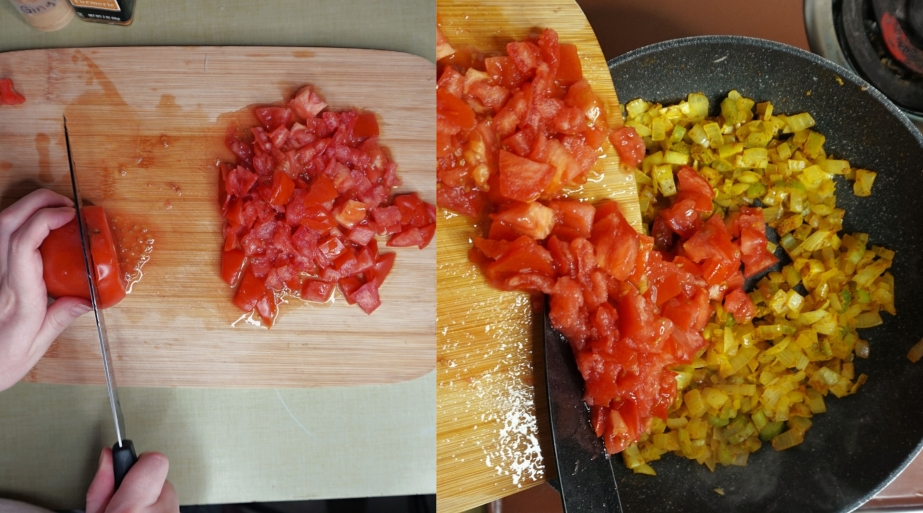
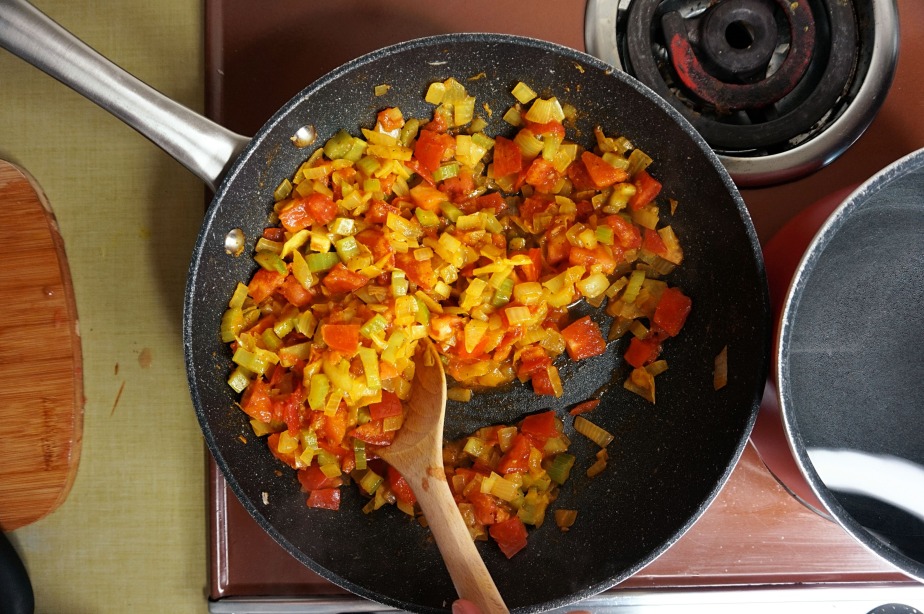
Then, I added in one large chopped tomato and mixed again. I let that all cook until the flavors filled my kitchen. As we all know by now, I cook relatively intuitively. So maybe three minutes, but I couldn’t be sure. All still on medium-high heat.
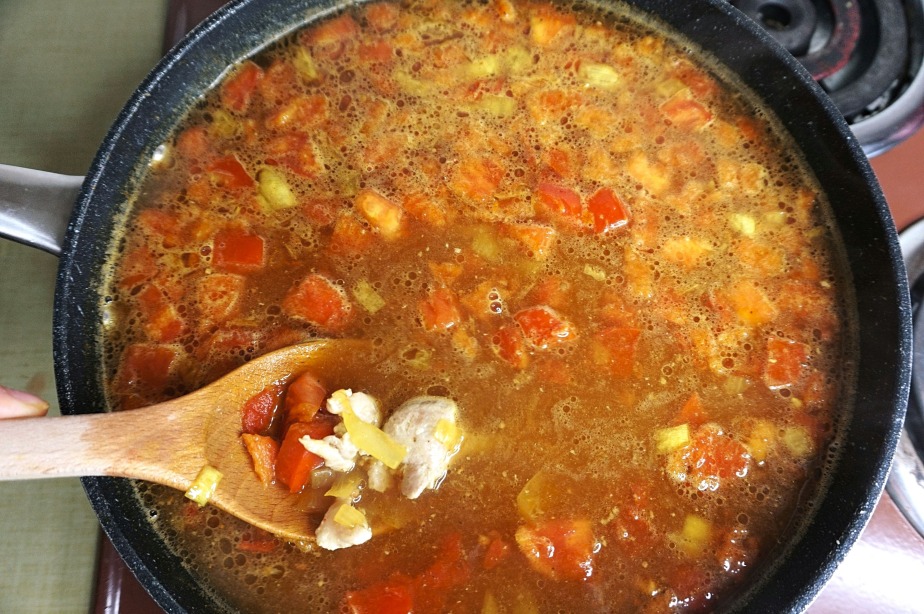
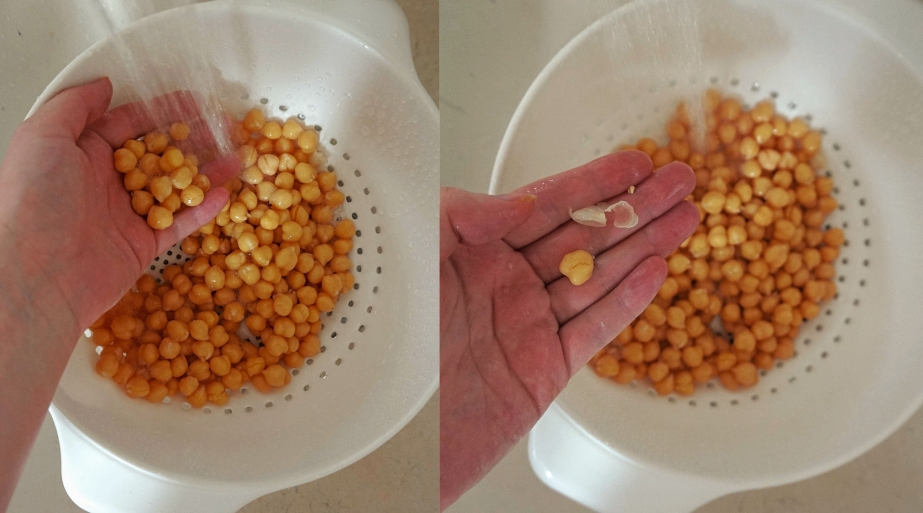
Next I added in two quarts of vegetable stock along with the chicken we previously browned. I let come to a boil then reduced the heat to medium-low and let simmer for about 30 minutes. Gurk (my other half and ultimate food tester) couldn’t stop talking about how good our entire house smelled during this time. I couldn’t argue. During the 30 minutes I also drained, washed, and took the skins off of my chickpeas. I normally do not go through the hassle of pealing the skins off (honestly, who has the time?…), but I did research that most people in Algeria do so, I did. I have also read that taking off the skins helps your body to digest chickpeas and I did notice that. As tedious as it was, it may be worth doing from here on out.
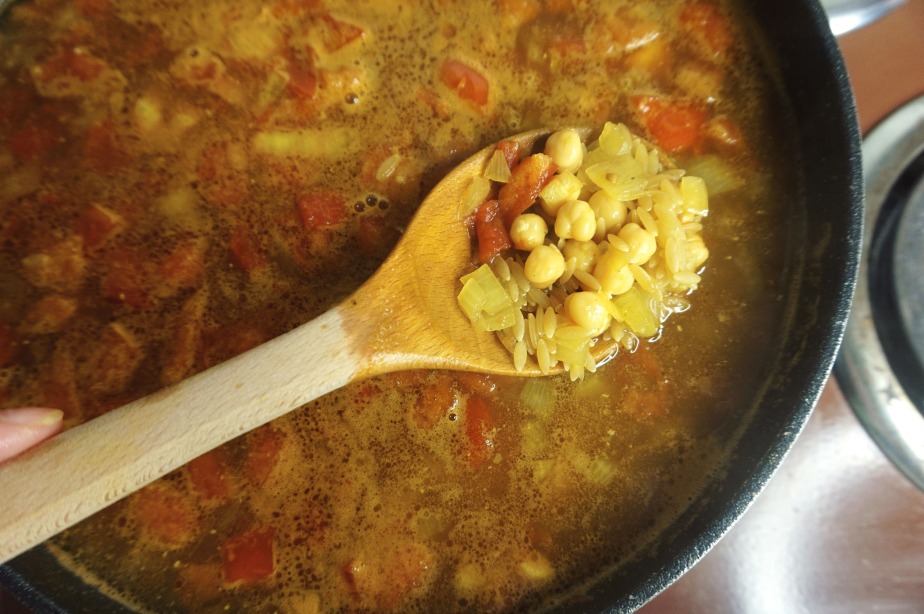
After the thirty minutes was up, I added in the chickpeas and orzo pasta. I also mixed about a quarter cup of water with a tablespoon of white rice flour and poured that in as well as I noticed the harira was a bit watery instead of stew-like. Immediately, the mixture thickened up and became the perfect consistency. You can always use regular all purpose flour, or whatever you have on hand, in replacement of white rice flour. I do highly recommend thickening the mixture though. It brought it together so much nicer. Let that all simmer until the orzo was completely cooked through, about 20 minutes for me.
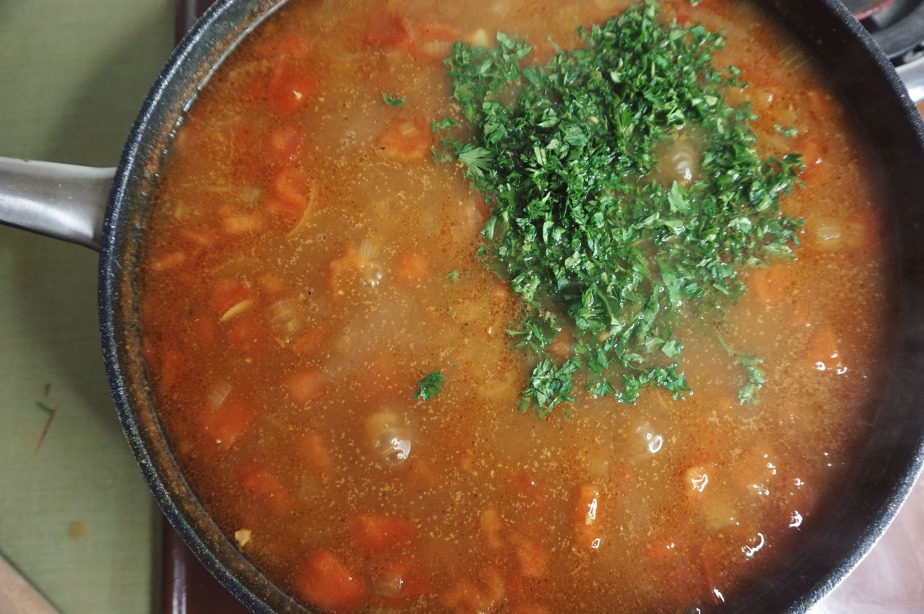
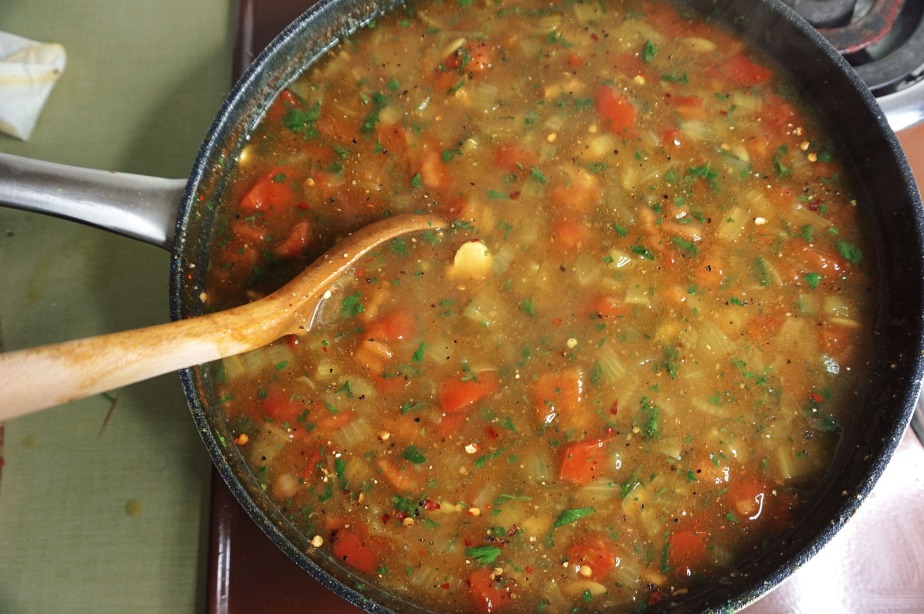
I added in some chopped fresh cilantro and parsley, mixed together, and tasted to see if it needed anything. I added a bit more black pepper and found it absolutely perfect. I saw a lot of recipes bring in salt, but I found with the broth it didn’t really need it. Make it a bit healthier and try to finish the whole recipe before adding in any salt. You’d be surprised what flavors come out during the cooking process. Black pepper was all it needed in my opinion. My sodium addicted mother would completely disagree so, this is completely a “to each their own” situation.
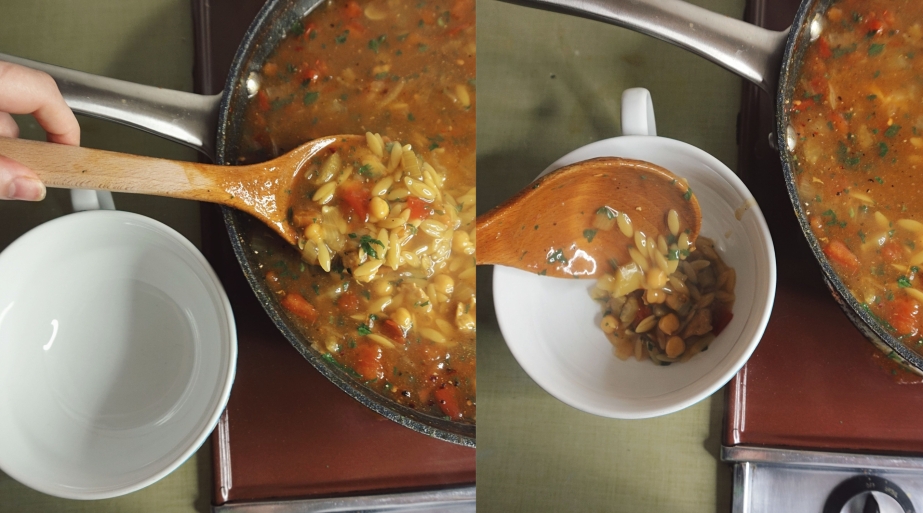
I served it up with some fresh lemon, which added SO much flavor oh myyyy god, and devoured it in about two minutes. Overall, it took a little over an hour from start to finish. I typically like recipes that require maybe half that. Okay, a fourth of that if I’m being honest. But, this Algerian harira was so worth it. This made about eight serving too so it fed us for days. Completely worth the time and effort. I rated 5/5 stars. Gurk rated 5/5 stars. I can’t recommend making this enough.
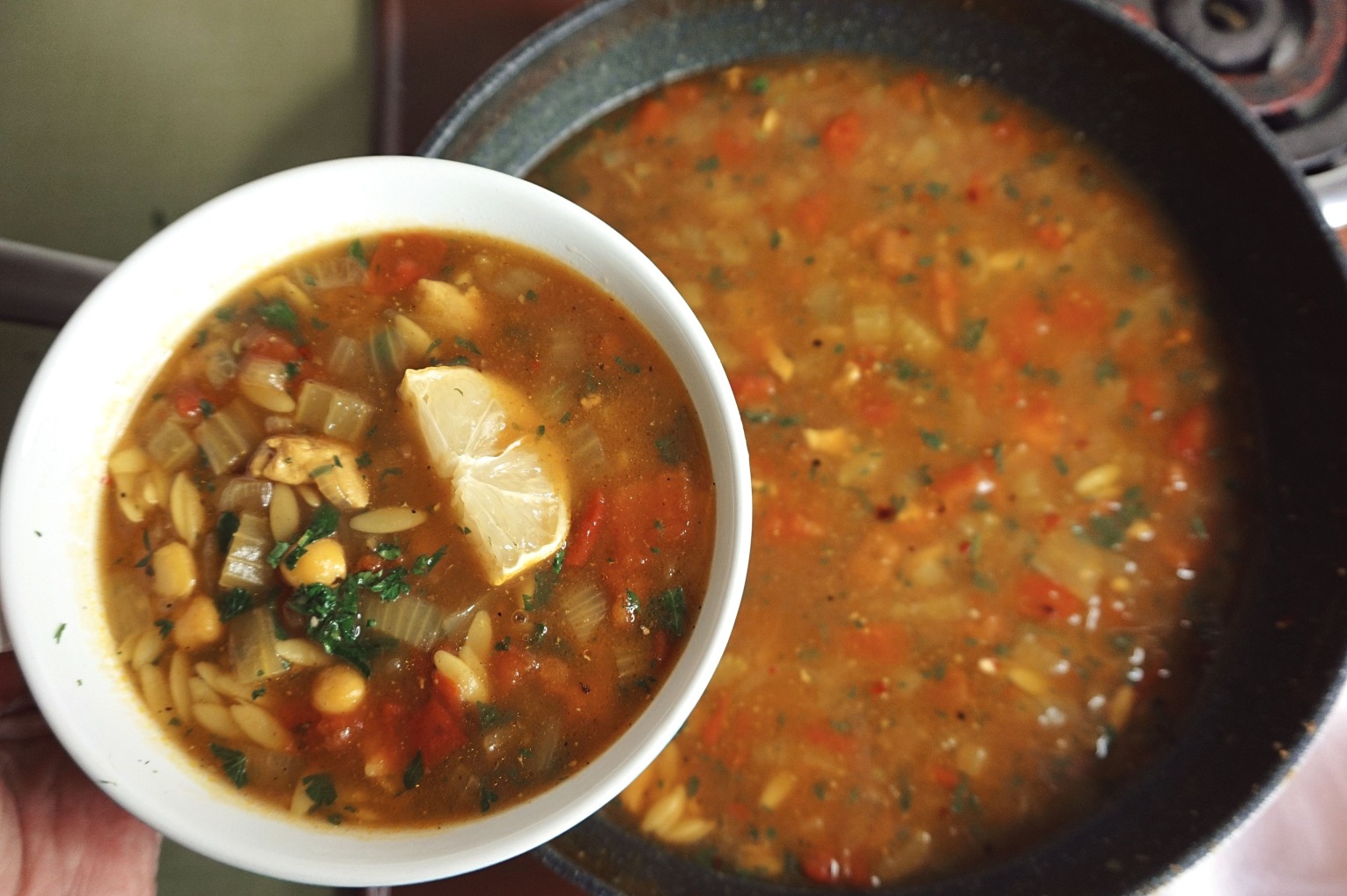
Algerian harira is an absolutely amazing recipe that I couldn’t be more grateful to have found during this journey. It’s flavorful, honestly pretty healthy, comforting, and makes amazing leftovers. Everything I want in a dish! From this I learned: even more that good things take time, don’t add salt until the end of a recipe, and maybe start taking the skins off chickpeas.
I hope you guys enjoyed Algeria! Please leave me a comment letting me know if you’ve ever been to Algeria and/or tried Algerian food. If you try to make this harira, send me a picture on Instagram: @tiaschmidt!
Onto Andorra! Which is… where exactly? Seriously… I have NO idea.

